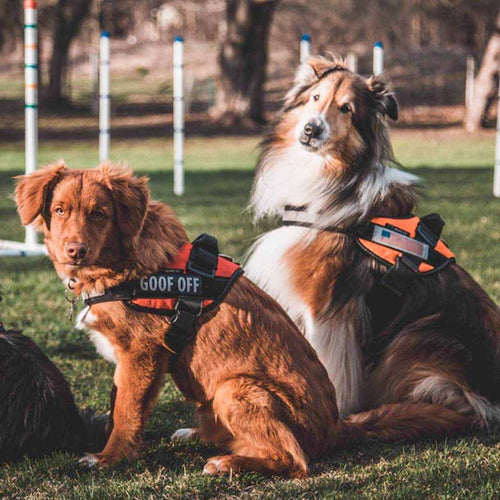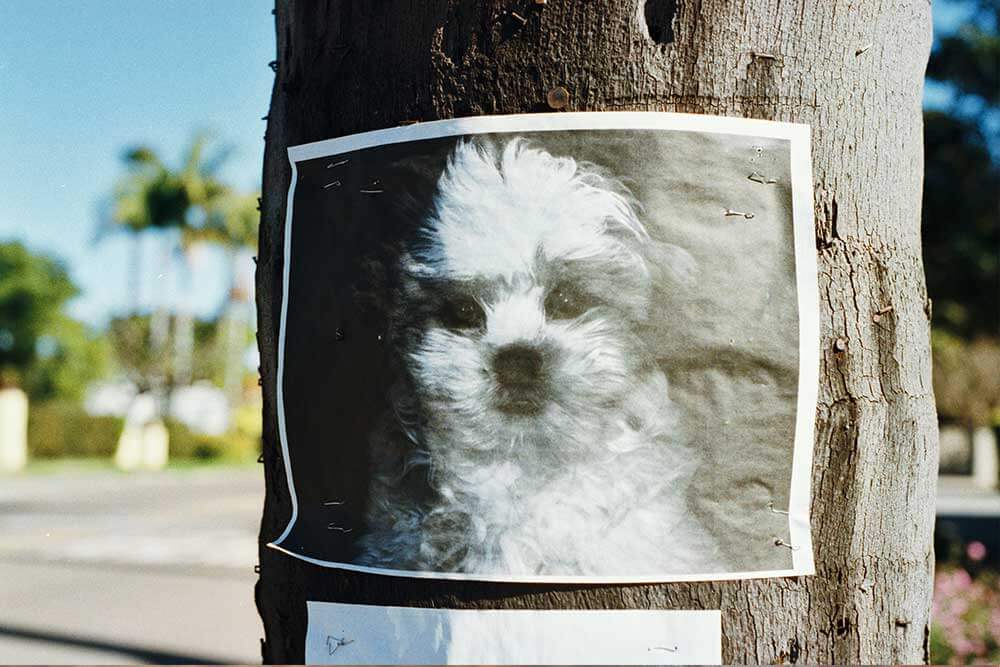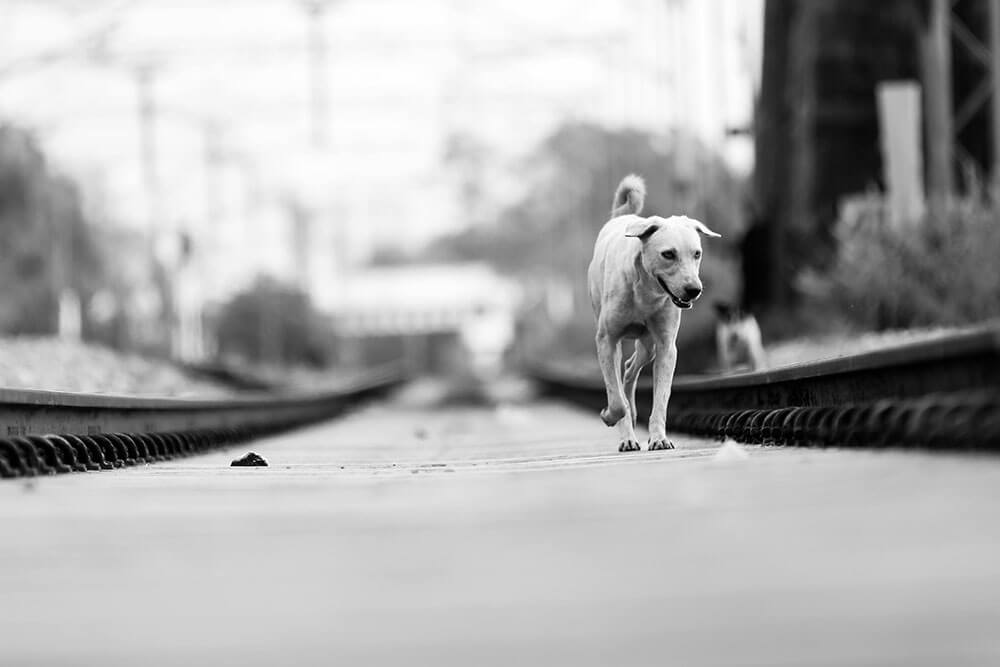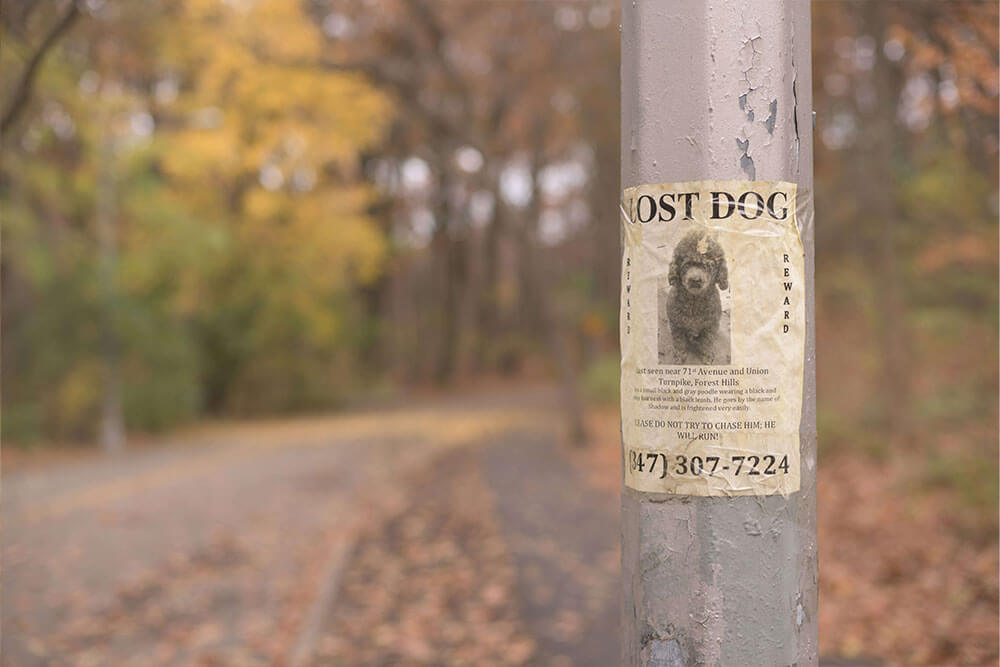Losing a beloved pet can be a distressing experience for any pet owner. Fortunately, there are proactive steps you can take to minimize the risk of your furry friend wandering off. Here are ten essential tips to help keep your pet safe and secure:
-
Identification
Identification Tags: One of the most effective ways to ensure your pet can be easily identified is by outfitting them with a collar and identification tag. Include essential information such as your contact number, and any pertinent medical information. To learn more about what information to include on your pet's identification tag, check out "What To Put On Dog Tag."
Microchipping: In addition to tags, consider having your pet microchipped. These tiny implants contain unique identification numbers that can be scanned by veterinarians or animal shelters, providing a reliable means of reuniting you with your lost pet.
GPS Tracking Devices: For added peace of mind, invest in a GPS tracking device designed specifically for pets. These devices can pinpoint your pet's location in real-time, allowing you to quickly track them down if they stray from home.
-
Secure Your Home and Yard
Properly securing your home and yard is essential for preventing escape attempts.
Fencing: Install a strong, well-maintained fence around your yard to keep your dog safe. If your dog digs, consider a cement base to prevent tunneling. For climbers, choose a smooth board fence or escape-proof extensions. Regularly check for gaps, loose boards, and other escape routes, reinforcing weak spots and adding deterrents like coyote rollers or dig guards.
Gates and Windows: Ensure that gates are securely latched and that windows are screened or securely closed to prevent your pet from slipping out unnoticed.
-
Proper Training and Socialization
Ensure your pet gets proper training and socialization. A well-trained and socialized pet is less likely to run away out of fear or anxiety. Here are some tips:
Recall Training: Teach your pet reliable recall commands so that they will come back to you when called, even in distracting environments. Practice this regularly in safe, enclosed spaces before attempting it in more challenging environments.
Regular Training: Consistent training sessions are key to reinforcing obedience and preventing wandering behavior. Use positive reinforcement techniques to encourage desired behaviors and discourage wandering.
Leash Training: Proper leash training is crucial for keeping your pet under control during walks or outings.
-
Use a Proper Collar or Harness for Your Pet
Choosing the right collar or harness for your pet is essential for their safety and comfort. Ensure that it fits snugly but not too tightly, and regularly check for signs of wear or damage.
-
Some dogs, especially sighthounds, can slip out of traditional leashes and collars, which can be dangerous. A
martingale collar, designed to prevent escapes, can help keep them safe.
-
Harnesses are ideal for long-backed dog breeds prone to slipped discs.
-
For outdoor adventures with cats, use a secure leash and harness to prevent them from slipping out.
-
Safe Outdoor Activities
When enjoying outdoor activities with your dog, follow these steps to prevent them from getting lost:
Secure Leash: Always keep your pet on a secure leash during outdoor activities to prevent them from running off unexpectedly.
Avoid Off-Leash Areas: If you're unsure about your dog's recall skills, it's safer to avoid off-leash areas where they might wander off and get lost.
Supervised Outdoor Activities: If your dog roams freely in a fenced area or dog park, always be present and actively supervise them. This lets you quickly intervene if any risks or escape attempts occur. Check out "
Walking Your Dog Without A Leash" for more advice on supervising your dog in off-leash areas.
Check Your Pet’s Accessories: Regularly inspect your pet's collar, leash, and harness for signs of wear or damage. Replace any worn or frayed items to ensure they remain secure during outdoor activities.
-
Be Safe in the Car
When traveling with your pet, always ensure they are properly secured in a crate or using a pet seat belt. This not only prevents them from escaping if the car door is opened but also protects them in the event of a sudden stop or accident.
-
Keep Pets Safe During Events
Holidays such as the Fourth of July and Halloween are especially risky for pets. Fireworks can scare pets and cause them to run off. Additionally, guests accidentally leaving doors or gates open at gatherings can also lead to pets getting lost. Keep them safe by securing them in a quiet room with familiar comforts like a cozy bed and soothing music.
-
Spaying or Neutering
Consider spaying or neutering your pet, as this can reduce their urge to roam and decrease the likelihood of unwanted pregnancies. Additionally, spaying or neutering has numerous health benefits for pets.
-
Preparedness for Emergencies
Being prepared for unexpected situations is vital for protecting your dog. Here's what to do:
Keep Contact Information Updated: Make sure your pet's microchip registry and ID tag have your current contact details.
Create an Emergency Kit: Put together a kit with a recent photo of your pet, their medical records, and necessary supplies. This will help in finding and identifying them if they go missing.
And there you have it! Nine essential tips to help prevent your pet from getting lost or running away. By implementing these strategies and staying vigilant, you can significantly reduce the risk of losing your furry companion.
Further reading:

























